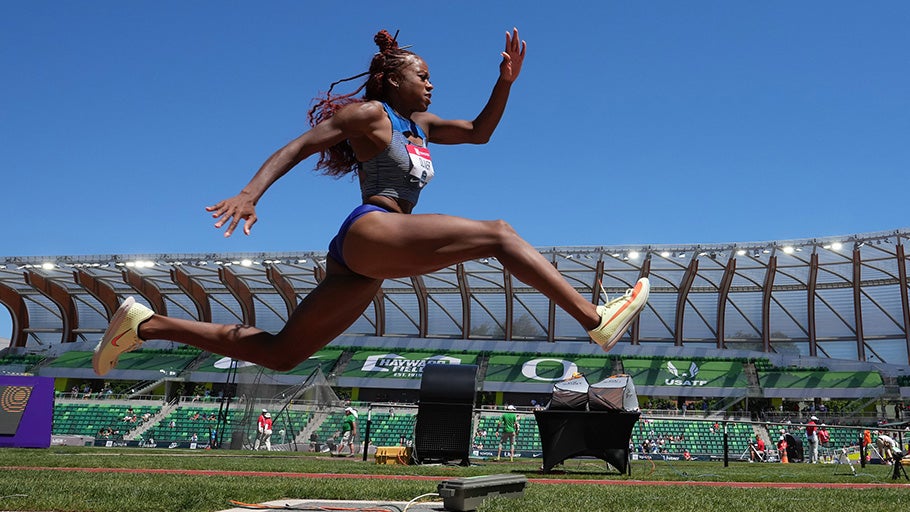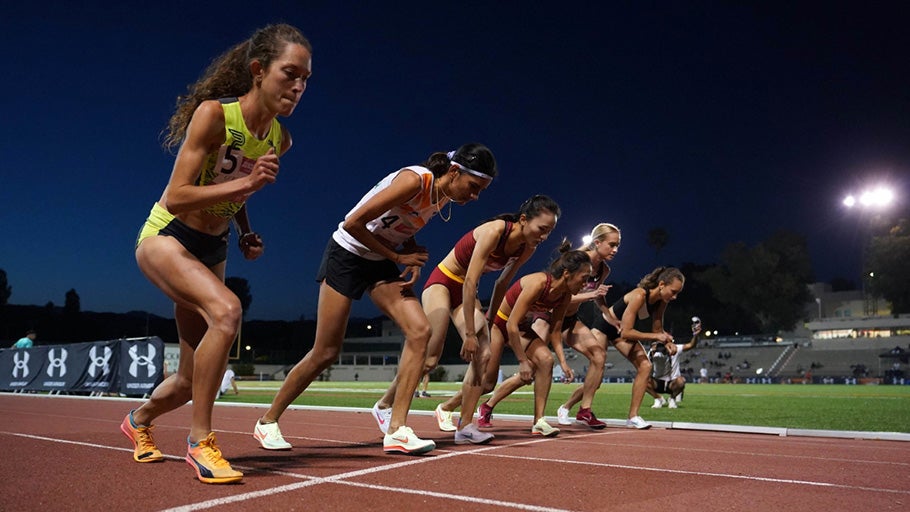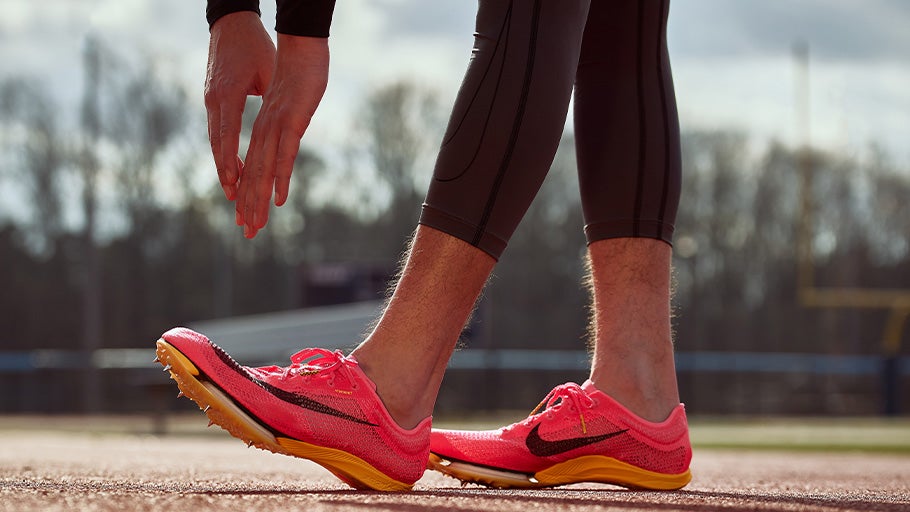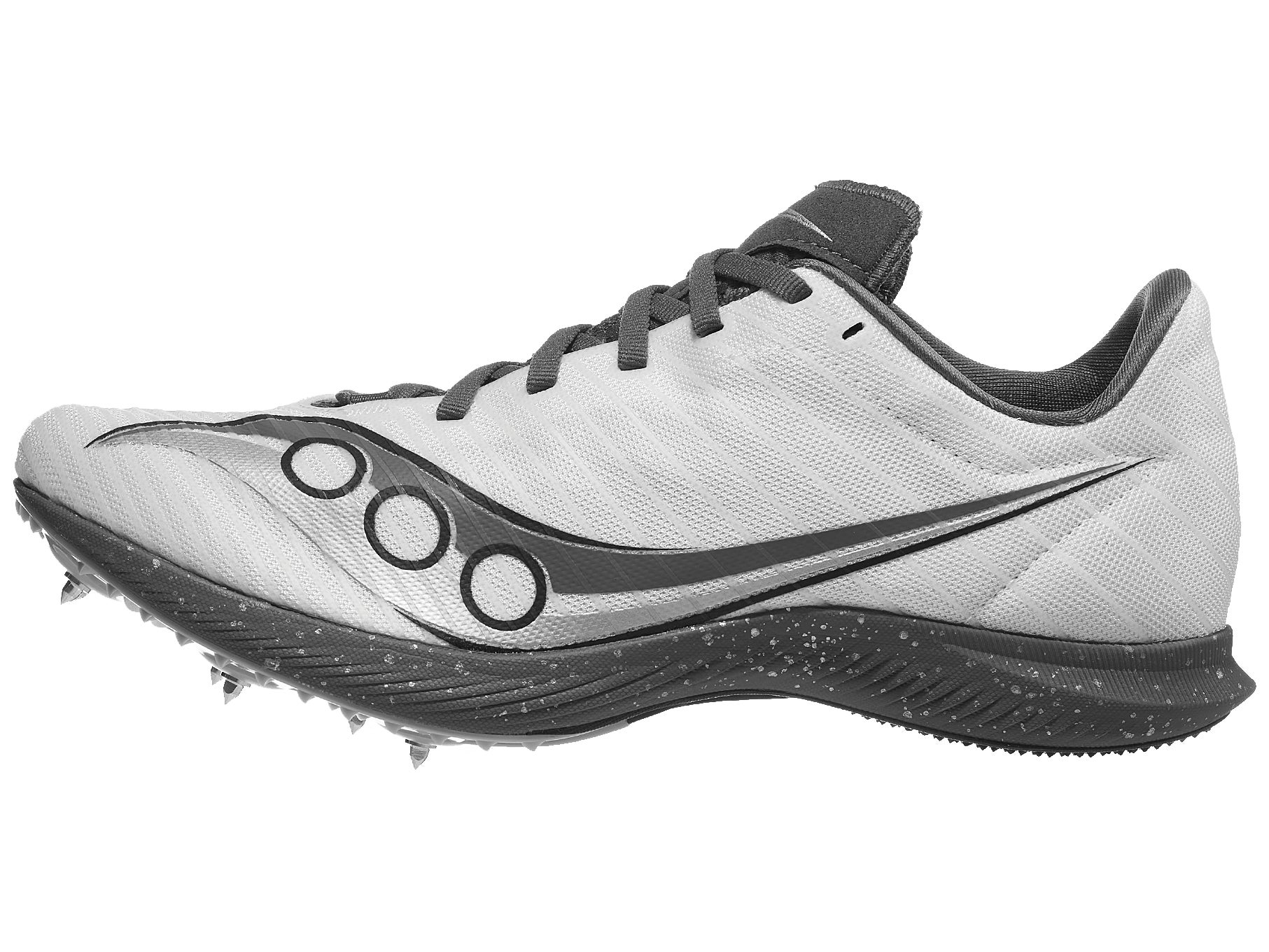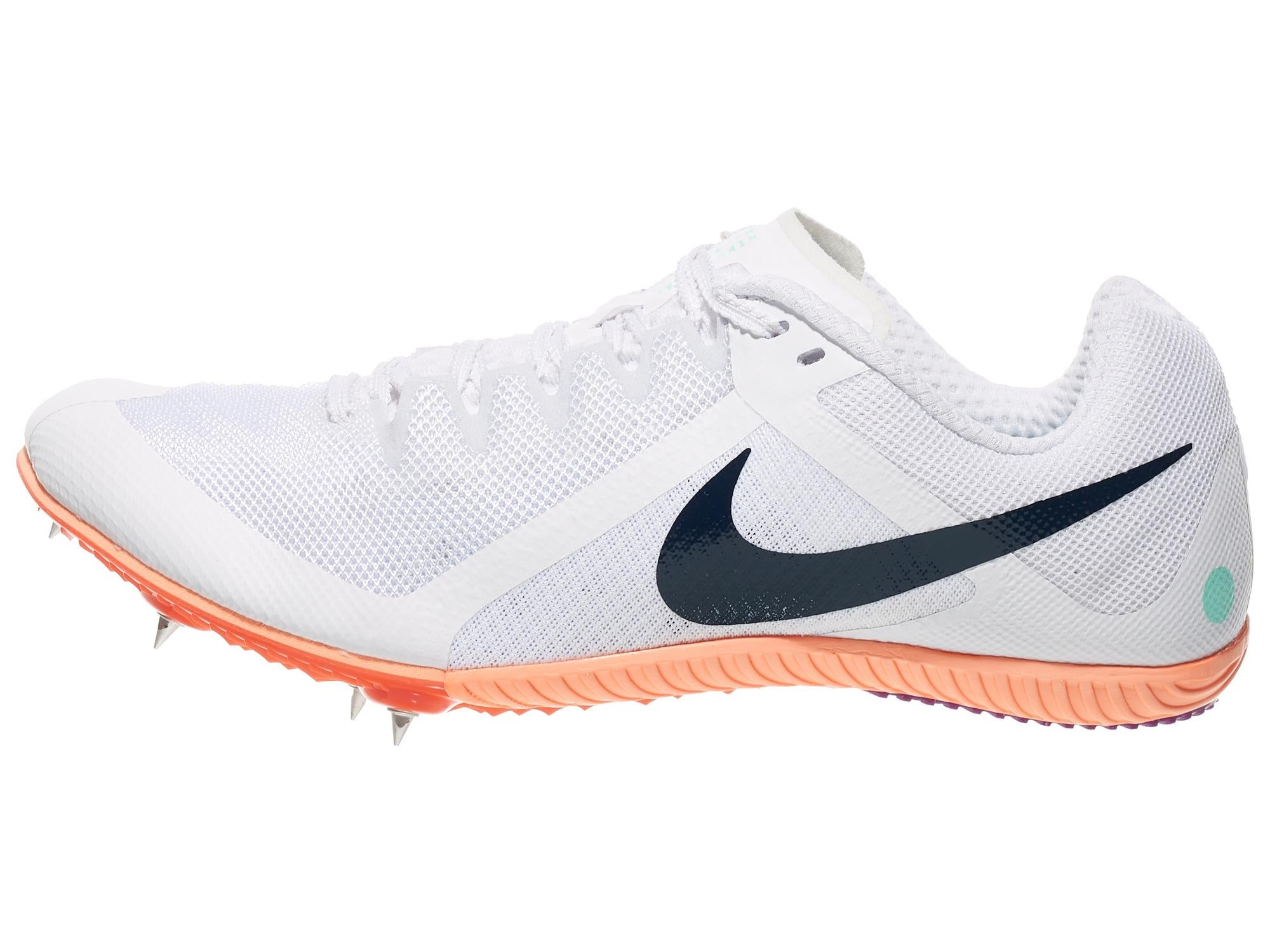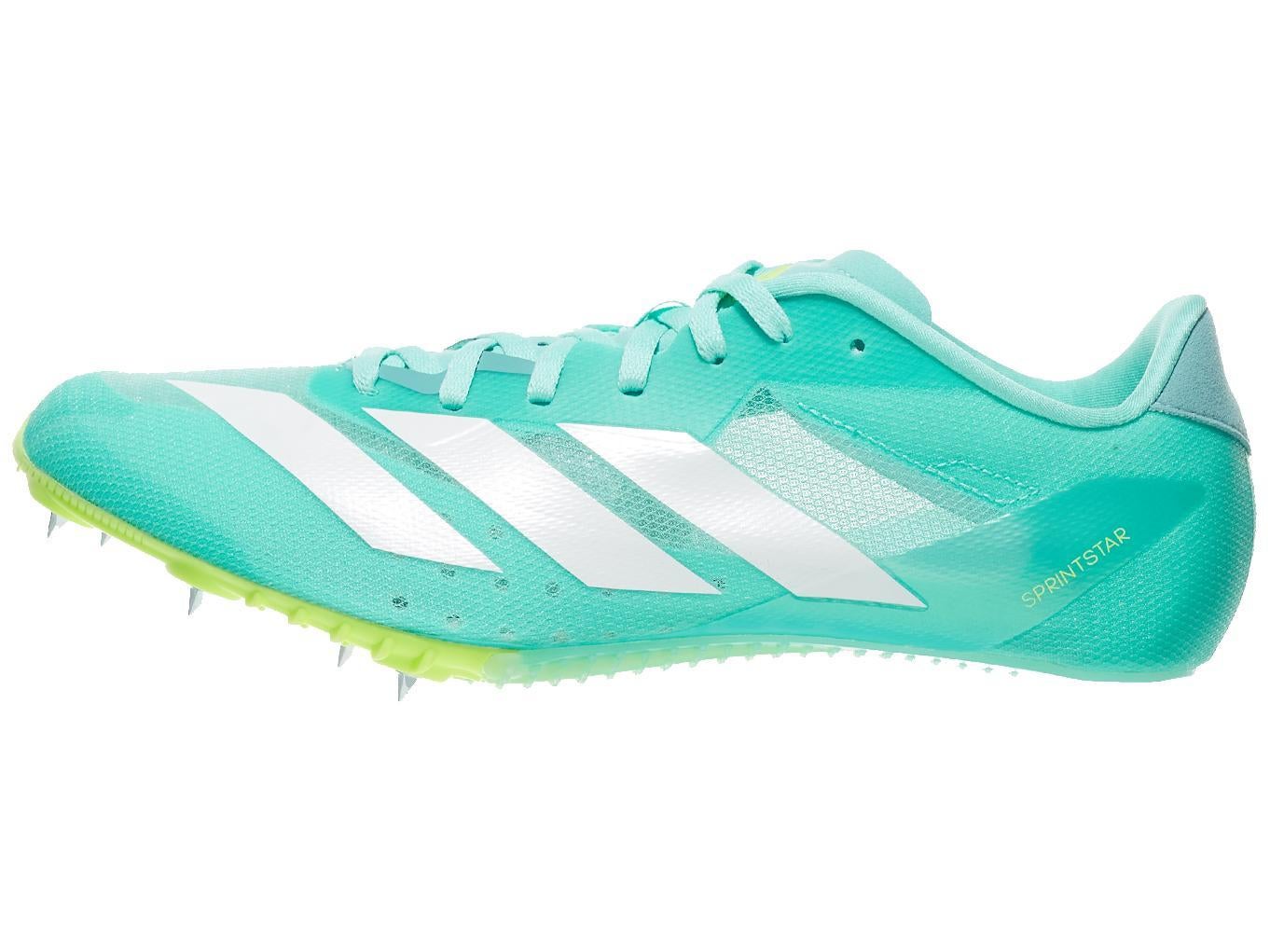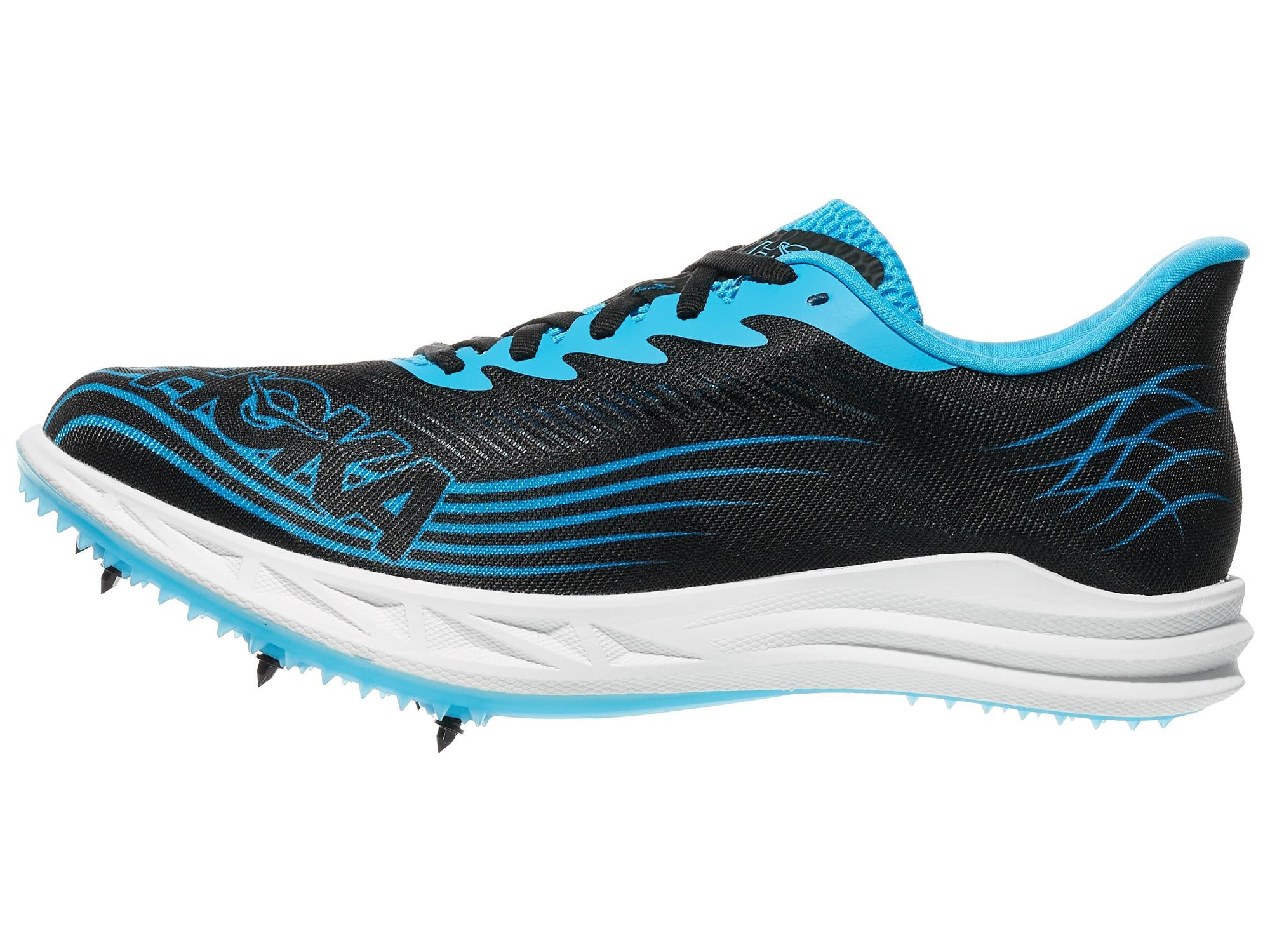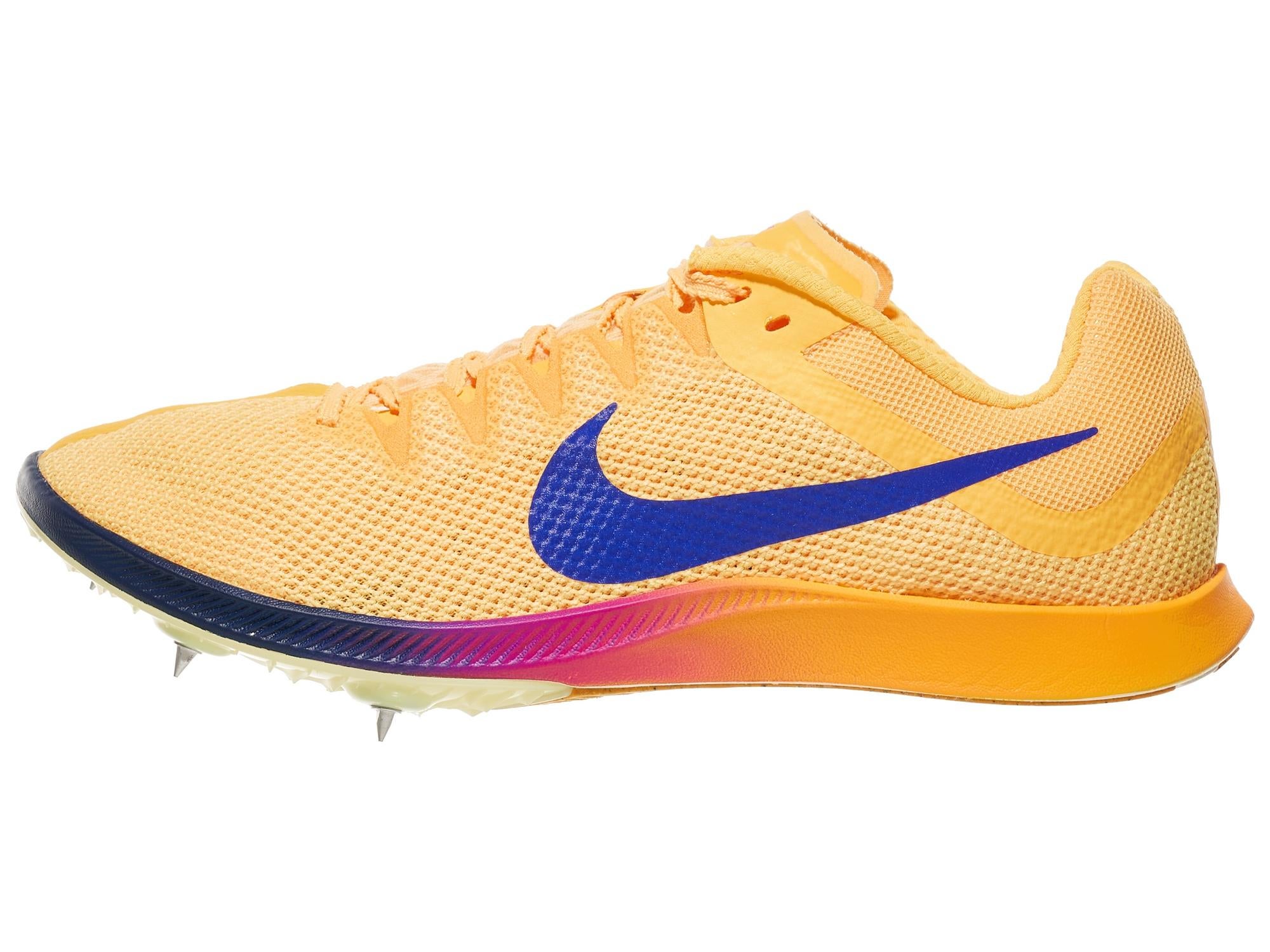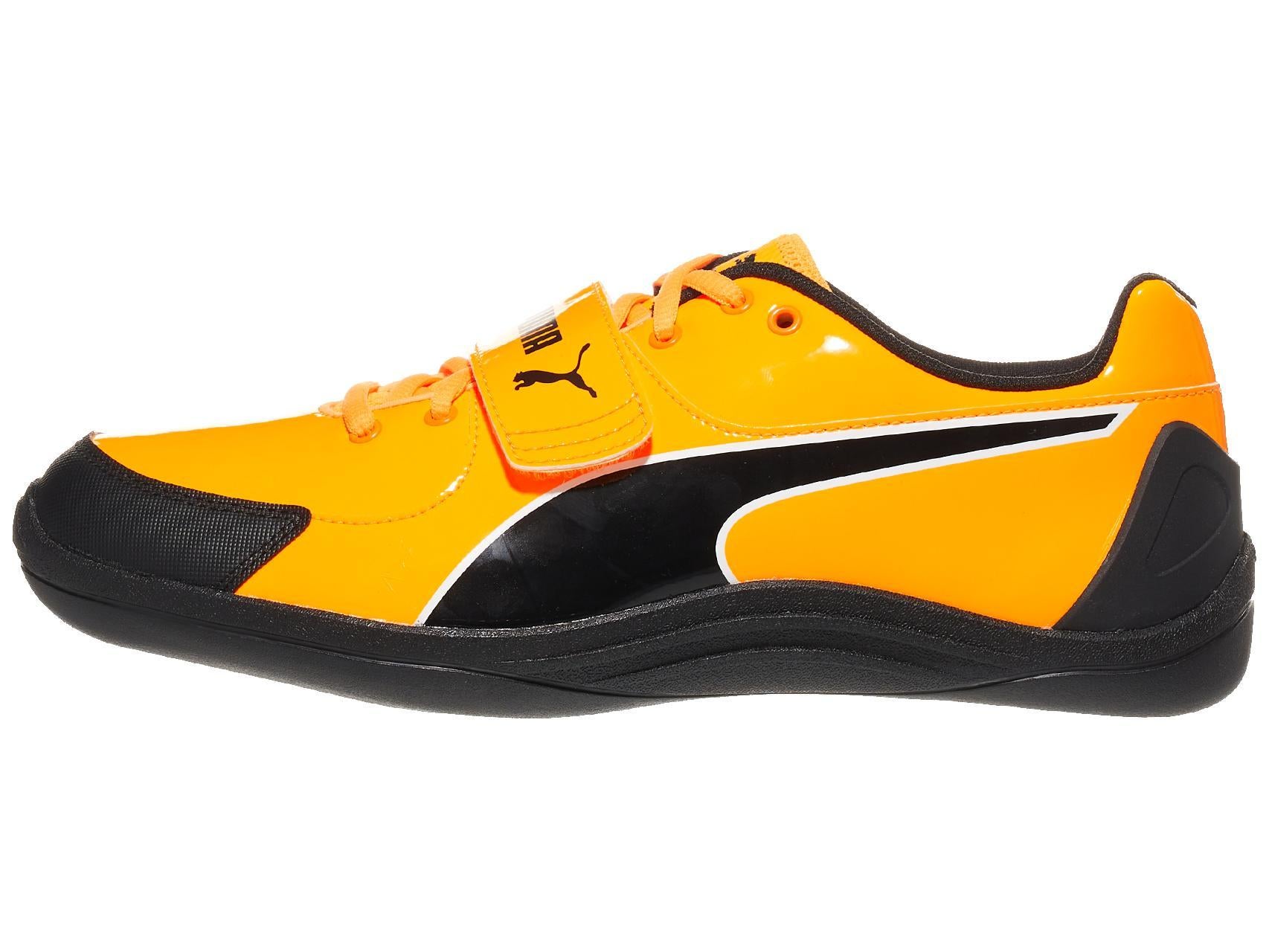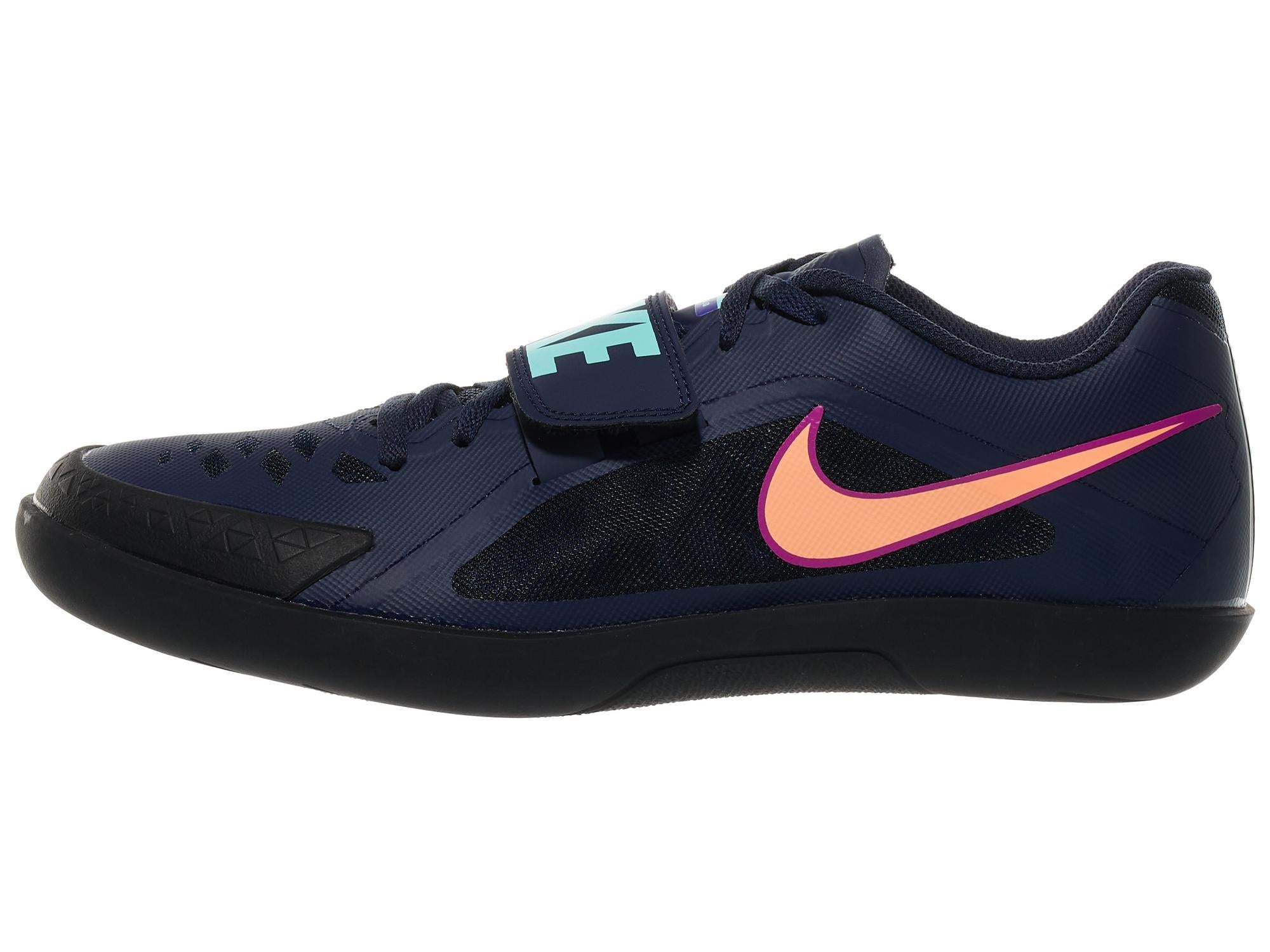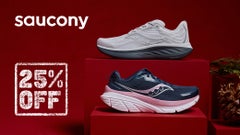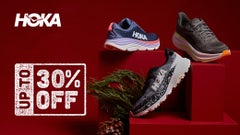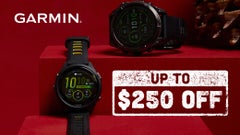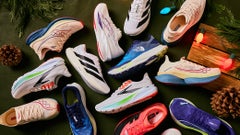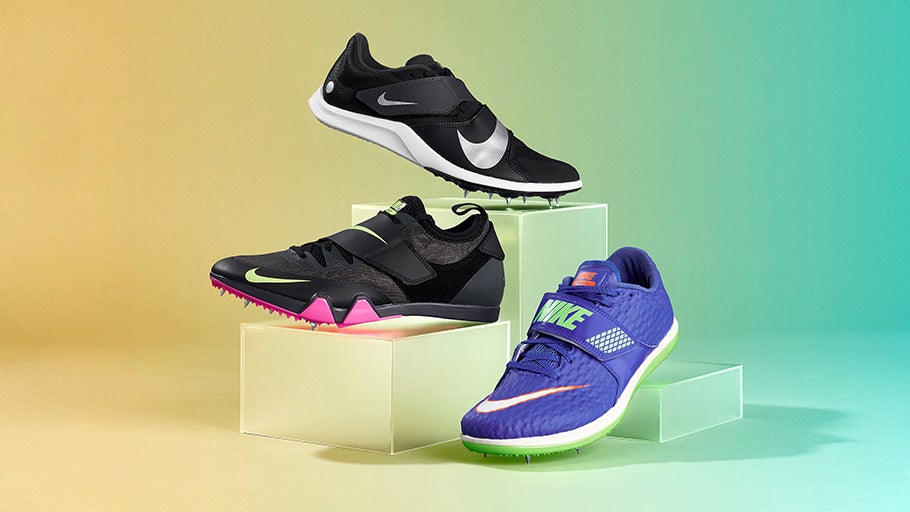
Best Track and Field Spikes for Beginners
Welcome to your first track and field season. Whether you’re a runner, a thrower, a jumper, or still completely undecided, we know you’re in for a good time. From individual accomplishments to big team wins, there’s something for everybody here. But accomplishing your goals is going to require the right gear.
The temptation might be to race out, to buy the fanciest tech on the market. While we here at Running Warehouse would applaud your enthusiasm, there is a vast difference between the right shoes for a world-class athlete, versus the right shoes for a newer athlete.
We’re here to explain the advantages of introductory spikes versus elite spikes. We'll get you squared away in the best track spikes for your first track season.
Who Should Buy Spikes?
First- let's make sure we’re all here for the right reasons. If you’re gearing up for your first track season, there’s a lot to learn about this sport. First and foremost- different states will have different types of events (javelin, anybody?), different “playoff” structures (Regionals and Areas and Sectionals, oh my), and different rules about footwear.
Before investing in a pair of spikes, consult your coach or your governing body’s rulebook, to ensure you’re actually allowed to race in spikes. As an example- California High School runners are not allowed to compete in SPIKES and must, instead, compete in FLATS. Little nuances like this will save you from investing time and money in equipment that you don't need, so read up some, and ask questions. Don’t get disqualified from your first race.
Do Not Buy Elite Spikes...Yet
After verifying that you’re allowed to race in spikes, you'll need to narrow down the types of spikes you’re looking at.
On our website, you’ll see multiple track spike categories, full of increasingly specialized, increasingly expensive, "elite" spikes. Here’s why, for your first season, we recommend that you steer clear of the most cutting-edge options.
To gain competitive edges, brands often go to extreme lengths to cut as much weight as possible from their elite spikes. They conduct in-depth research to understand how their athletes’ feet strike the ground and then cut all the foam and protection they can from everywhere else. They measure exactly how much torsional rigidity their spike plates need to snap back after bending for optimized responsiveness, and their plates will be unyielding unless you are literally generating Olympic levels of force to bend them.
Your foot strike, as a new athlete, will not be the same as a gold medalist’s, and elite spikes do not accommodate learning curves. That’s not their purpose.
Initially, you will be more prone to heel striking. Your foot will land in a variety of ways, and you will need a shoe with the proper cushioning and stability to protect you while you’re developing. In the beginning, some self-awareness and context will go a long way to keeping you happy, healthy, and progressing appropriately.
The Best Starting Point: Multi-Purpose Spikes
It is unlikely that you’ll enter your first track and field season knowing what event you’ll specialize in.
Instead, it is highly common, and a lot of fun, for new track and field athletes to journey between events, to sample different competitions, and to discover where your strengths really lie. As you’re testing the waters of 200-meter sprints, versus long hurdles, versus 1600 distance races, it doesn’t make sense to have a shoe that’s finely tuned for one over the other.
As such, we recommend versatile, multi-purpose spikes for your first season. Multi-purpose spikes have enough padding to last through endurance races, the spike pins and traction needed to confidently leap over hurdles, and they are light weight enough that they won’t slow you down in your sprints.
Best Sprint and Hurdle Spikes for Beginners
Maybe you know that you’re a fast-twitch kind of a runner. Endurance challenges aren’t your thing, and those hurdles look intimidating. In that case, maybe you already know that it's the sprints for you.
Even with that focus, you’re still likely to dabble in a range of competitions. Beginning sprinters will often compete in both the 100 meter (single straightaway) and 200 meter (back curve, plus straightaway) races. They should also have the ability to stretch out to a 400 meter race (full lap), which has some endurance elements to it, but which still emphasizes fast turnovers and speed above all else.
Because of the short duration of these races, even introductory sprint spikes opt to be slim on cushioning, high on rigidity. But the right introductory track spike will give you good traction for popping out of your starting blocks and accelerating, with light weight uppers so you can feel like you’re flying.
Some of our favorite introductory sprint spikes include...
Best Distance Spikes for Beginners
Maybe you value tactical races. You want to outsmart your opponents with a well-timed surge, good positioning, and a fast opening lap that nobody was expecting. Or maybe you’re a Steve Prefontaine type. You know you can endure more pain than anybody else, and that’s how you can beat anybody else. Either way, welcome to distance.
At the introductory level, distance races typically center around 800 meter (2 lap), 1600 meter (4 lap), and 3200 meter (8 lap) races. Sometimes the faster distance crew will mix it up with the sprinters in the 400 meters. But the name of the game with distance spikes is balancing light weights with the comfort and protection needed to tackle lots of laps.
Distance spikes will still have traction elements like grippy outsoles and spike receptacles, but their biggest emphasis will be on their (relatively) cushioned foam midsoles and their softer upper materials.
Some of our favorite introductory distance spikes include...
Best Throwing Shoes for Beginners
Never skip arm day. The shot put, hammer, & discus events are the ultimate displays of throwing power.
For each throwing event, competitors practice a range of techniques, involving spins, thrusts, leaps...you name it. As you’re practicing these techniques for the first time, you’ll need shoes that can slide in certain instances, rotate in others, and stay firmly planted during still others. Having the wrong shoes on feet, which zig when you’re trying to zag, can mean the difference between a few extra meters in a throw or a season-ending rolled ankle.
Fortunately, there are plenty of shoe options available that have been designed to facilitate the whole range of throwing demands. For beginners, we recommend a textured outsole throwing shoe which will better allow the new athlete to control their footwork safely. These include...
Frequently Asked Questions
How should track spikes fit?
We have a whole article about fitting your track spikes available here.
But the short answer is: Snug! Unlike in daily trainers, where comfort is a necessity for long daily practices, your spikes are shoes that will be slipped on immediately before the race, and slipped off immediately after. You want them to provide the most security possible while you leap, twist, cut, and kick in your event, and extra room in the shoe can lead to slippage, imprecise push-offs, or – in the worst scenarios – shoes completely flying off (We’ve seen it happen over and over again. Double knot those laces!)
Why are there different numbers of spikes in some spikes?
Different events require different amounts of traction to drive success, thus different numbers of spikes.
Long Distance races on the track generate low levels of force, but benefit from lower weight. So Long Distance Spikes will have comparatively few pin receptacles, and shorter spikes overall.
On the flip side, in events like the 100 meter dash, an athlete will generate intense levels of force with each step, so multiple, deep spikes can prevent slippage and lead to faster times.
Each brand and event-specific shoe will try different arrangements and numbers of pins, in the pursuit of that perfect balance.
Which brands have the best track spikes?
This is a common, but challenging question that boils down to- it depends on the event that you’re competing in and the level you’re competing at. Different brands have different strengths.
In general, we do our best to curate the selection of shoes available on our website, so if we’re carrying it, then you can trust that the shoe will be good, better, or best for its intended purpose. But which brand, and which shoe, is right FOR YOU will always come down to a question of use type and personal preferences.
What should we wear if we AREN’T allowed to wear spikes?
Lots of racing spikes will have “spikeless” or “flat” variants. They’re the same shoes, with the same benefits as their pointier bretheren, but they’ll just skip the pin receptacles on the bottom.
Or, if you want to keep you want a do-it-all shoe to cover both training and competitions, then an Energetic Daily Trainer might be the right call for your first track season. Energetic Daily Trainers have the cushioning needed to accommodate repeat, prolonged usage, but are responsive enough for fast workouts, or some races.
Learning More about Track and Field Events
We hope that these recommendations help you discover a love for the sport of track and field, and kick off a neverending streak of personal bests and confidence. If you want to learn more about the various track and field events, check out our detailed guides to the sport.
In the meantime, I think I heard them make first call for your event. Better start getting those laces right.



